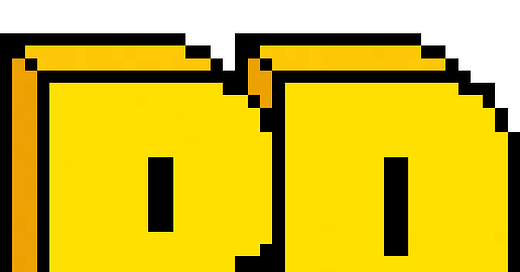👩🏽💻What is Technical Program Management?
Although organization refer to this role by many different titles - EPM, TPM, TPgM, SW PM, PgM - they all do the same thing: the art of developing an end to end strategy to build technical solutions.
Howdy Tribe -
Let’s talk about what exactly is TPM or Technical Program Management - my profession.
Technical Program Management is the art of developing an end to end strategy on how to ship a solution to a problem of varying technical scale, complexity, and ambiguous definition, in collaboration with engineering, product, design, and marketing within a certain time & budget.
Each organization has a different title for this line of work and not to be confused with Technical Product Managers/Management:
Apple calls them Engineering Project Managers.
Facebook, & Amazon calls them Technical Program Managers.
Google has both Technical Program Managers & Program Managers
Some refer to them as either Software Program Managers or Hardware Program Managers.
Ultimate - they do the same thing; See definition above.
In the definition above, I have highlighted certain attributes, core functions and responsibilities of what a typical TPM does:
Art: TPM is not a hard science like engineering. Sure, there are core skills required like knowing how to create schedules, understanding of project management and software development methodologies, as well as project artifacts such as work breakdown structures, Gantt charts, requirements documents etc but ultimately, it’s an art. With practice and increasingly complex projects, you will get better at it. No one is great at being a TPM from day one; its a process.
End to End Strategy: Any successful project plan requires that you know precisely what you are building (requirements/PRD), how much time (schedules) and resources you have (staffing plan), how you will make sure you built what was originally intended (test and validation plan), and what will you do if things go wrong (Risk Mitigation plan).
Solution to a problem: If Product Management is figuring out the what and why, then TPM is the how and when. Part of a TPM’s job is to collaborate with Product and Engineering to identify a solution to a problem/feature request. You will be both moderator and participant in the solution development process. Your guiding hand will set the scale of divergence and eventual convergence of discussions towards a solution.
Collaboration: TPM is the nervous system of an engineering organization. It is the connective tissue that links Product and Engineering together especially at large scale organizations. Collaboration entails building robust and effective processes, documentation strategies and protocols, project artifact design and archive, driving synchronous (meetings) and asynchronous (slack standup etc) cross-functional collaboration, and establishing a learning mindset through formal (retrospectives) and informal (conversations) within engineering teams.
Time & Budget: TPMs are also the economists of an engineering organization. We are alway balancing and developing models to manage product ambition against scarce engineering resources like time, people, and money. All great TPMs know, when developing an end to end strategy, how much time each engineer has available to commit at any given time for a certain number of tasks, how unexpected events can impact the abilities of an engineering team to deliver on commitments, where we need to scale hiring to support future roadmaps. With time, each TPM will develop a set of heuristics and models on dealing with complexity whether that is baking in additional buffer times for certain types of tasks or understanding each engineers multiplier (engineers time to complete a task estimation versus their actual task delivery time), or that awesome gut feeling where you can take a look at a roadmap and know its too much.
This is a simple overview of what TPM is or TPMs typically do. Each organization will have its own set of responsibilities and expectations. If you walk away with anything after reading this, its that Technical Program Management is an art; its takes time, patience, retrospection, and constant pursuit of learning to go from new to good to great.
I will do more deeper dives into the various areas of TPM world in later essays.
Until next time. ✌🏽
-Aadil
Was it useful? Help us to improve!


